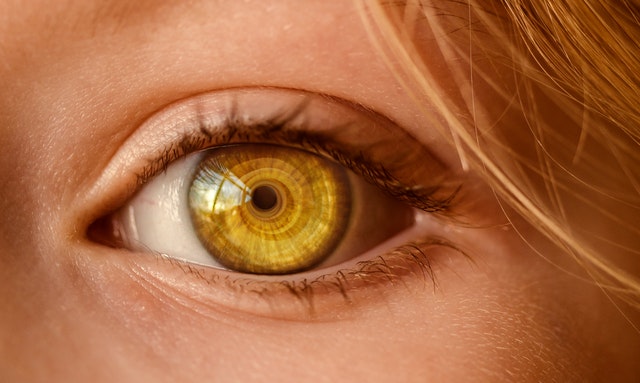Lazy eye (amblyopia) is a condition characterized by impaired vision in one eye as a result of faulty visual development during childhood. The weaker or more sluggish eye frequently travels inside or outward. Amblyopia often occurs between the ages of one and seven years. It is the major cause of eyesight loss in children. A lazy eye rarely affects both eyes.
Lazy Eye Symptoms & Types:
Early recognition and diagnosis can help to prevent long-term eye problems in your child. Typically, the eye with poor vision can be repaired with glasses, contact lenses, or patching treatment.
Types Of Amblyopia
Amblyopia is classified into three categories:
- Refractive: This demonstrates significant variances in vision between both eyes.
- Strabismic: This condition results in a continual eye rotation in one eye.
- Deprivation: This is when one eye’s vision is reduced owing to physical difficulties with the eye, such as a lens.
Reasons Of Amblyopia
A lazy eye can be caused by anything that inhibits vision in either eye during a child’s growth. Although the reasons for this are unknown, the brain reduces images from the more damaged eye. Amblyopia develops when there is a significant disparity in the capacity of the two eyes to focus. Other vision issues are the most frequent cause of amblyopia. It is critical to correct these other disorders, otherwise, the brain will begin to rely on the eye for better vision, resulting in amblyopia.
Therapy
The younger the child, the more beneficial the treatment. The probability of vision recovery decreases dramatically beyond the age of eight, yet treatment can still be successful.
There are two techniques for treating sluggish eyes. A doctor can cure the underlying eye disease or try to get the damaged eye to function so that sight can grow.
Therapy for Underlying Vision Issues
Many children with anisometropia, or uneven vision, are unaware they have an eye condition because the stronger eye and brain adjust for the gap. Amblyopia develops as the weak eye becomes weaker and weaker. Treatment entails:
Glasses
If a youngster has nearsightedness, poor eyesight, or astigmatism, a doctor will prescribe glasses. The youngster will be required to wear the glasses at all times in order for the specialist to assess how effective they are at improving vision difficulties in the lazy eye. Glasses can also be used to correct an eye turn. Glasses can sometimes cure amblyopia and eliminate the need for further treatment.
Children frequently report that their vision improves when they do not use glasses. For the treatment to be effective, caregivers may need to encourage kids to wear them.
Cataract Surgery, also known as Phacoemulsification:
If a cataract is the source of amblyopia, it can be surgically removed under local or general anesthesia.
Taking Care of Droopy Eyelids
Amblyopia can occur in certain persons as a result of an eyelid that restricts the view of the weaker eye. In this scenario, surgery to elevate the eyelid is the standard treatment.
Workout
Orthoptics refers to vision-correction exercises. There are, however, no specific activities that can help with amblyopia. During workouts, the weaker eye is challenged using a variety of vision-intensive activities such as coloring, dot-to-dot sketching, word games, or constructing Lego, depending on the child’s age.
However, clinicians are unlikely to recommend home-based workouts as a first-line treatment for amblyopia patients. Many orthoptic workouts necessitate seeing in both eyes and can benefit people with various vision issues.
Final Lines:
Although amblyopia affects a small percentage of youngsters in the world, it is critical that a child get regular eye exams. A doctor can then treat amblyopia or any other eye issue as soon as possible. There are several therapies available to aid with a lazy eye, including glasses, an eye patch, eye exercises, and, in some circumstances, surgery.

